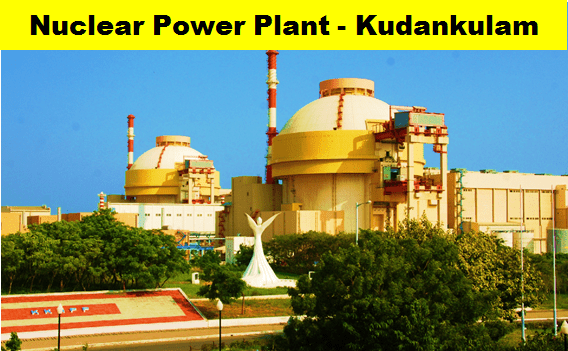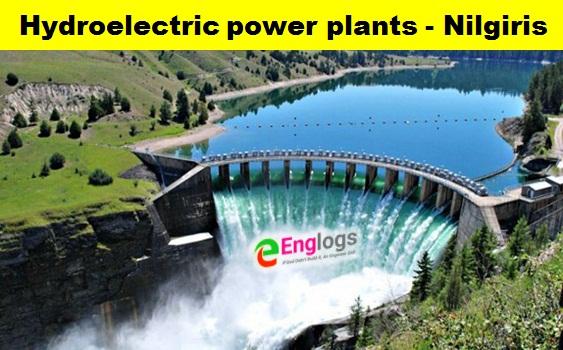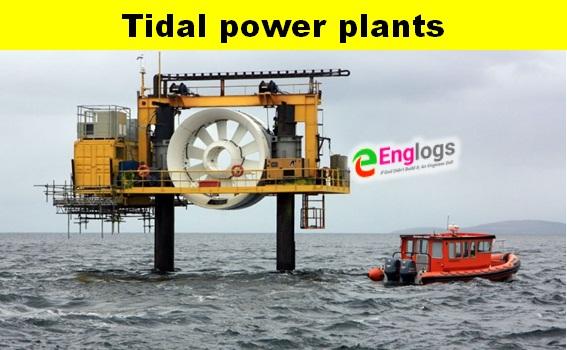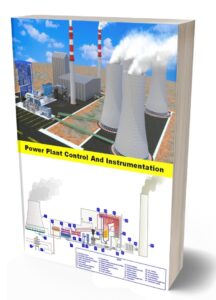Types Of Power Plant
Different Types of Power Plant for energy generation
- Nuclear power plants
- Hydroelectric power plants
- Coal-fired power plants
- Diesel-fired power plants
- Geothermal power plants
- Gas-fired power plants
- Solar power plants
- Wind power plants
- Tidal power plants
- Nuclear Power Plants:
Using a nuclear fission reaction and uranium as fuel, nuclear power plants generate a high amount of electricity.

As nuclear power plants are considered to be a low-carbon energy source, the technology is widely thought of as a more environmentally-friendly option.
When compared to renewable sources of energy such as solar and wind, the power generation from nuclear power plants is also considered to be more reliable.
Although the investment required to bring a nuclear power plant online is significant, the costs involved in operating them are relatively low.
Nuclear energy sources also have a higher density than fossil fuels and release large amounts of energy.
Due to this, nuclear power plants require low quantities of fuel but produce a vast amount of power, making them particularly efficient once they are up and running.
- Hydroelectric Power Plants

Compared to fossil fuel-powered energy plants, hydroelectric power plants emit fewer greenhouse gases. But the construction of hydroelectric power plants and dams requires huge investment.
According to the International Hydropower Association’s 2017 Hydropower Status Report, an estimated 31.5 gigawatts (GW) of hydropower capacity was put into operation in 2016, bringing the world’s cumulative installed capacity to 1,246 GW.
China alone accounted for almost one-third of global hydropower capacity and added about 11.74 GW of new capacity in 2016.
- Coal-Fired Power Plants:

According to the World Coal Association, coal-fired power plants accounted for about 37% of global electricity in 2018, with China possessing the world’s largest fleet.
Coal-fired power plants use steam coal as a source to generate electricity and consequently emit a significant number of harmful gases into the atmosphere.
In a bid to reduce greenhouse gas emissions, many developed nations have already announced plans to phase out coal-fired power plants.
Canada plans to phase out its coal plants by 2030, while the UK has set a deadline of 2025 and Germany is aiming to remove the technology from its electricity grid by 2038. A number of other European countries are expected to follow suit soon.
- Diesel-Fired Power Plants:

Using diesel as the fuel, this type of power plant is used for the small-scale production of electric power.
They are installed in places where there is no easy availability of alternative power sources and are mainly used as a backup for uninterrupted power supply whenever there are outages.
But the initial costs involved in financing solar power plants are high and the installation requires a lot of space.
Another similar technology is solar thermal. It is a system of giant mirrors placed accordingly to concentrate the sun’s rays on a very small area to create a significant amount of heat, which then produces steam to power a turbine that creates electricity.
- Wind Power Plants:

In recent years, there has been a rapid growth in the number of wind farms across the world, underpinned by technological advancements.
Global installed wind-generation capacity onshore and offshore has increased by a factor of almost 75 in the past two decades, jumping from 7.5 GW in 1997 to 564 GW by 2018, according to the IRENA.
After the wind turbines are built, operational costs involved in maintaining wind power plants are low and they are generally considered to be relatively cost-effective.
Wind farms can also be constructed on agricultural lands, without causing any interruption to cultivation activities.
But the maintenance of wind turbines may vary, as some need to be frequently checked and wind power projects typically require huge capital expenditure.
- Tidal Power Plants:

Tidal energy is generated from converting energy from the force tides into power and its production is considered more predictable compared to wind energy and solar power.
But tidal power is still not widely used, even though the world’s first large-scale plant of its type became operational in 1966.
An increased focus on generating power from renewable sources is expected to accelerate the development of new methods to exploit tidal energy.
Although the development of tidal power is at the nascent stage, it has the potential to grow significantly in the coming years.



